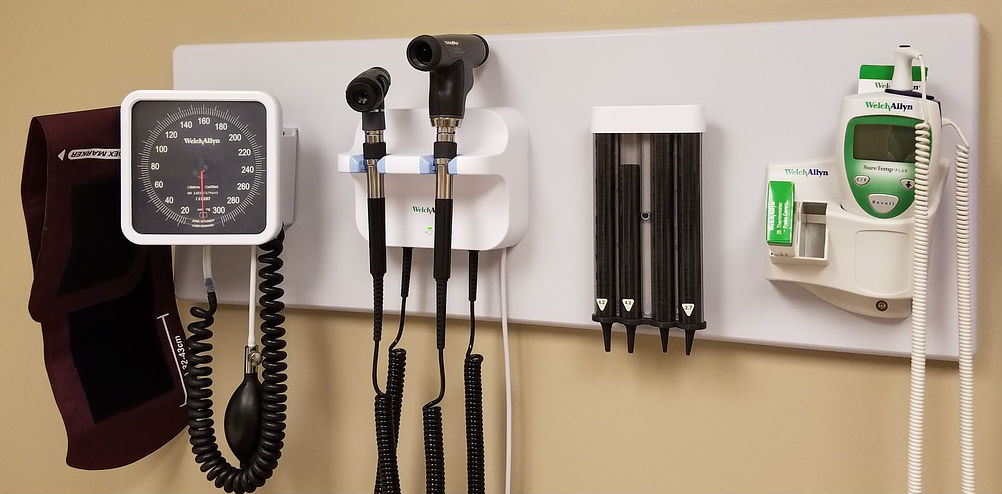
There are preventable medical errors termed “never events,” meaning they are so serious they should never happen to patients. What should hospitals do when their caregivers make such a grave error?
The National Quality Forum, a not-for-profit organization focused on improving U.S. healthcare, has a list of 29 preventable medical errors it identifies as never events. The events are grouped in seven categories: surgical errors, radiological errors, medical device errors, patient protection errors, care management errors, environmental errors, and errors so heinous they deem them potentially criminal.
Examples of Medical Errors Classified as Never Events
Specific examples of medical never events are:
· Surgical – operating on the wrong part of the patient’s body or on the wrong patient, leaving a foreign object in the patient, or performing the wrong surgery on a patient
· Radiological – a patient’s death due to the introduction of a metal object into an MRI area
· Medical device – a patient’s death to a medical device not being used properly
· Patient protection – a patient commits suicide while under medical care and supervision
· Care management – a patient dies when given the wrong medication or the correct medication in the wrong dosage
· Environmental – a patient dies from a serous burn received during treatment
· Potentially criminal – a patient receives treatment by someone impersonating a licensed healthcare provider
Citing this list, another nonprofit organization that focuses on safe hospital patient care issued its recommendations for how healthcare facilities should respond when a patient is a victim of a never event.
What Should Hospitals do When Doctors Make Mistakes?
The Leapfrog Group, which annually provides safety grades for U.S. hospitals, initially published its Never Events Management Policy in 2007. It had five actions that hospitals should take when a never event occurs:
· Apologize to the patient
· Report the event
· Perform a root cause analysis
· Waive patient costs related to the never event
· Provide a copy of the hospital’s never-event policy to the patient and/or insurance company
In 2017 it updated its policy to include four new action items:
· Interview patients and their families as part of a root cause analysis
· Tell patients and their families what they are doing to ensure the error doesn’t happen again
· Provide support for caregivers involved in the never event
· Perform an annual review to ensure the hospital is complying with all of the above
The most important step hospitals may often neglect is conducting a root cause analysis. This involves the hospital identifying why the mistake was made and putting in place procedures to prevent them from occurring in the future.
They also may conduct an analysis but tell no one the outcome, or refuse to confirm a mistake was made at all. A hospital may limit all external communication to limit their exposure when a patient dies needlessly.
In these instances it usually requires someone on the outside to uncover the truth.
If you lost a loved one due to a suspected error in medical care, turn to an experienced medical malpractice attorney to force caregivers to be responsible and to put a spotlight on their mistakes so no one else suffers.
The choice of a lawyer is an important decision that should not be based solely on advertisements.
Authored by Gray Ritter Graham, posted in Blog July 10, 2019

 RSS Feed
RSS Feed